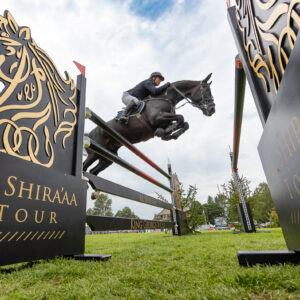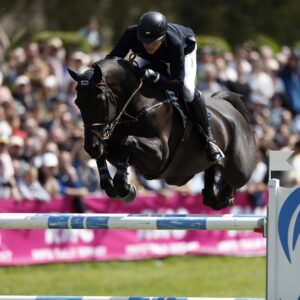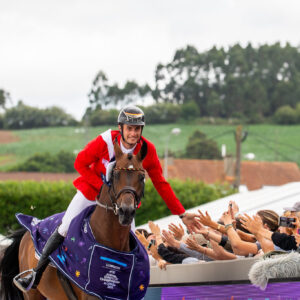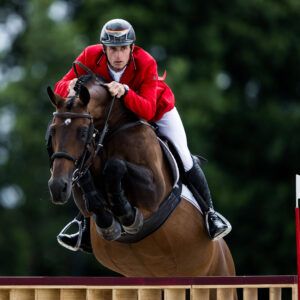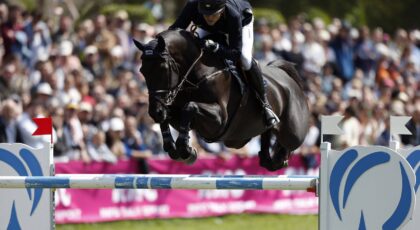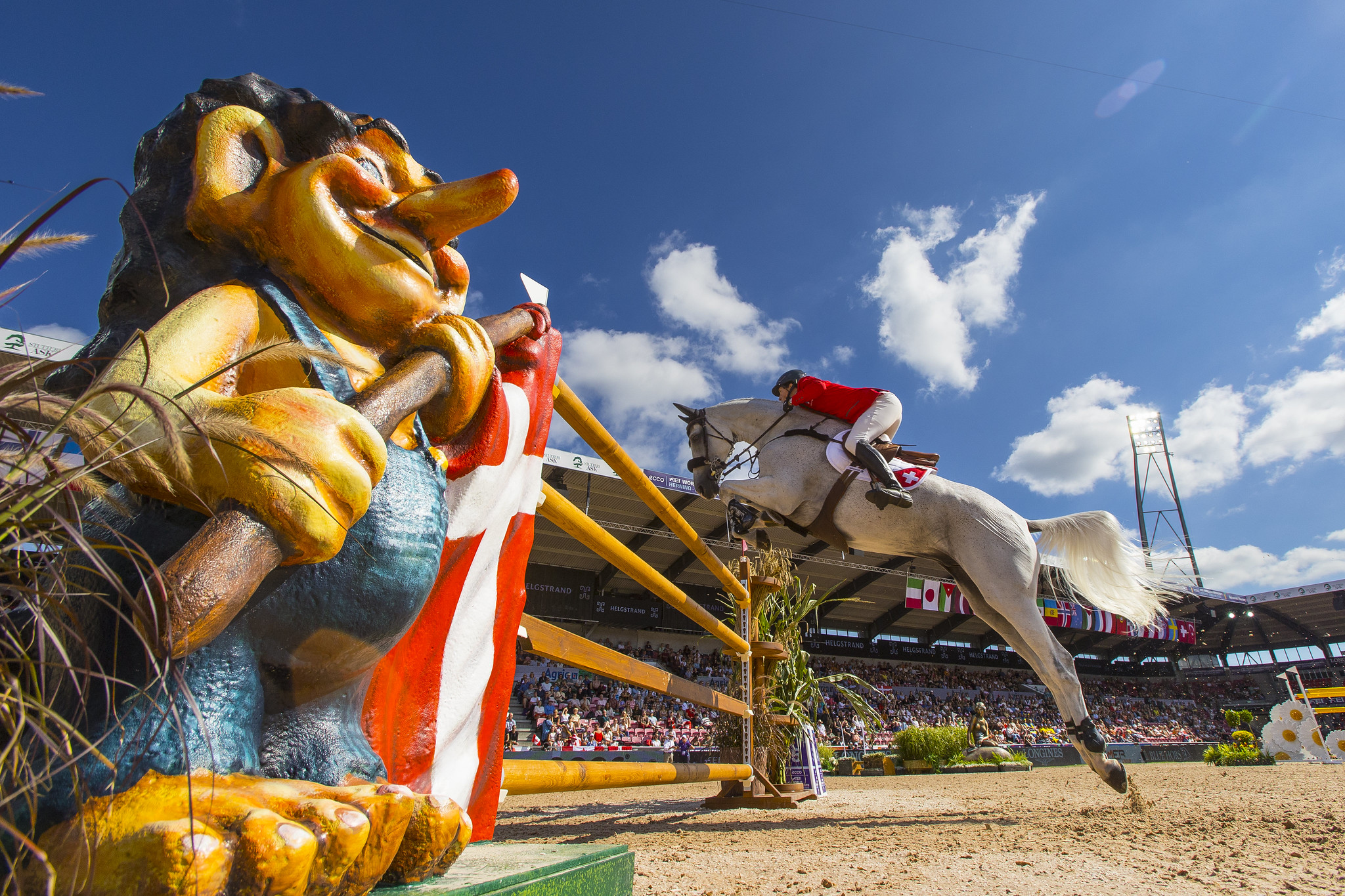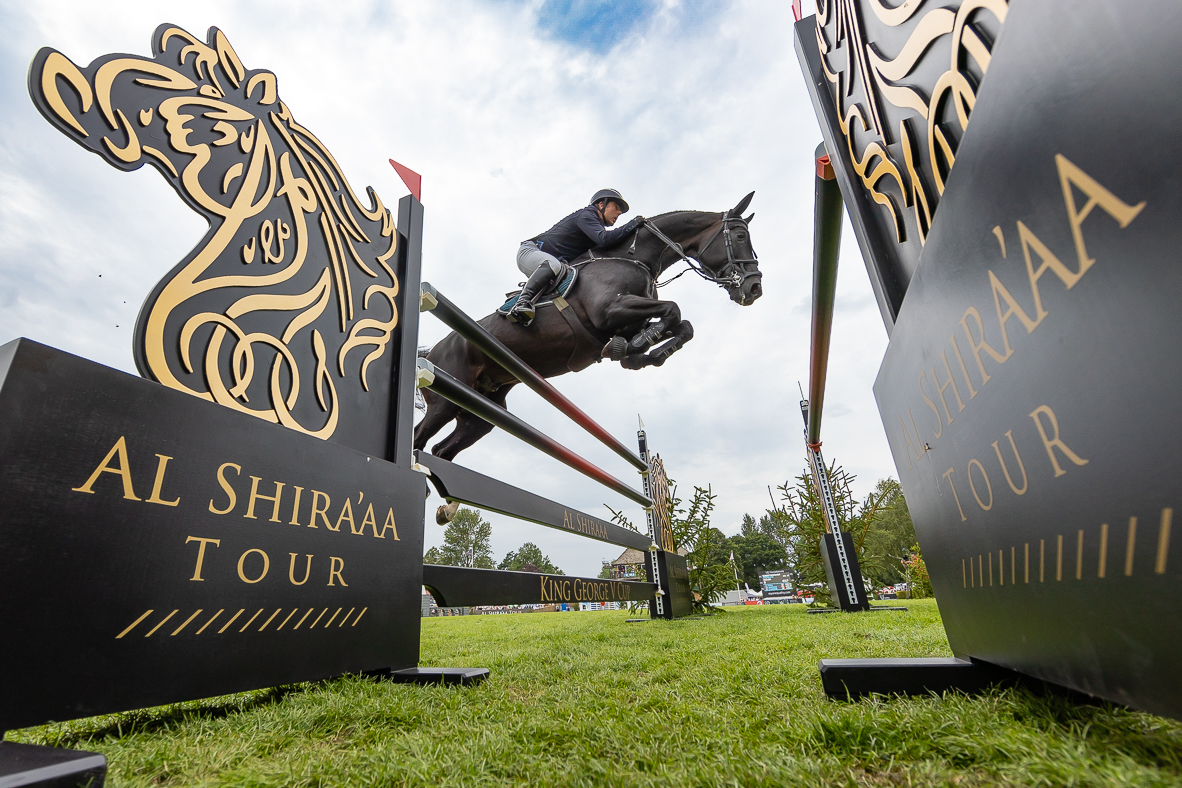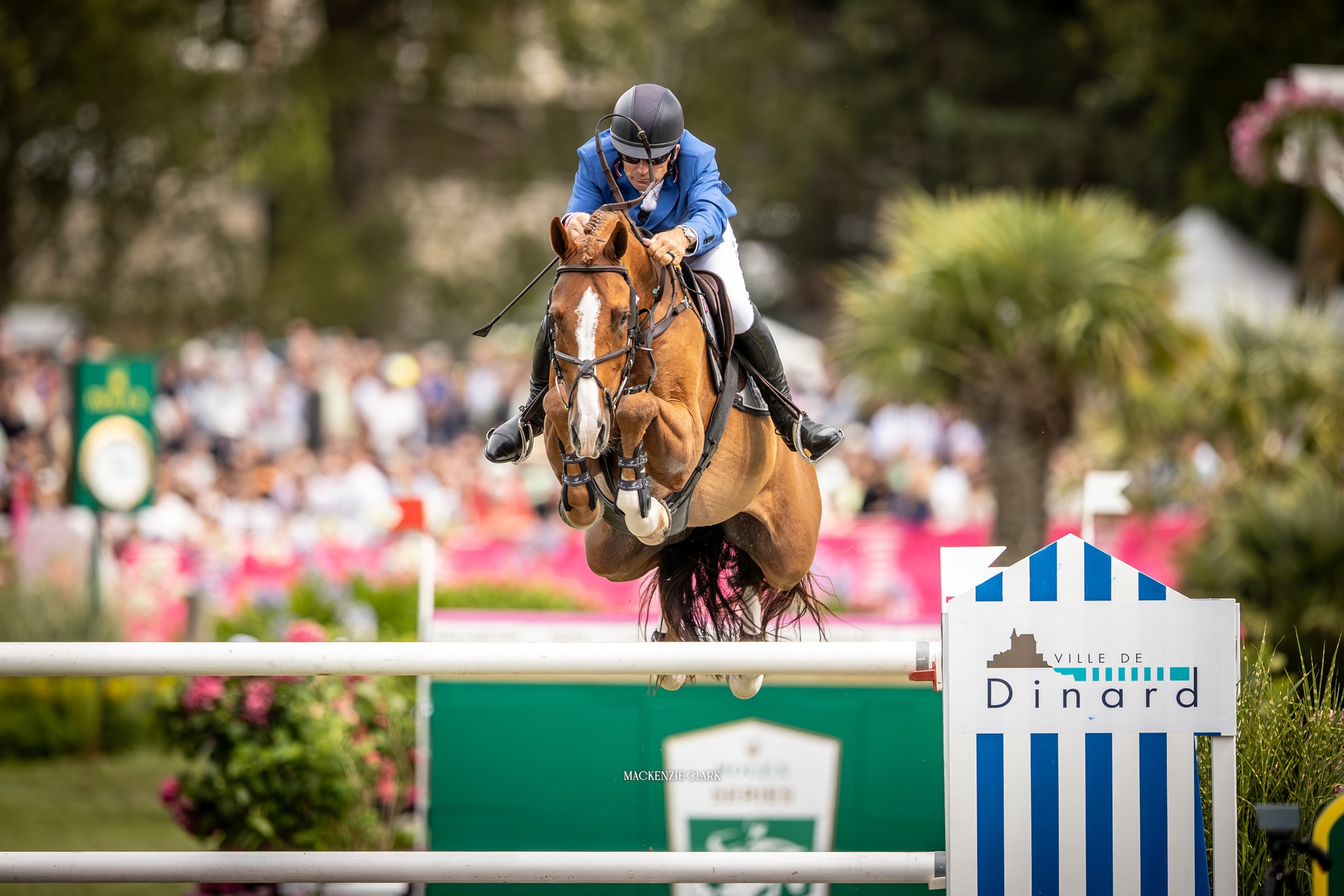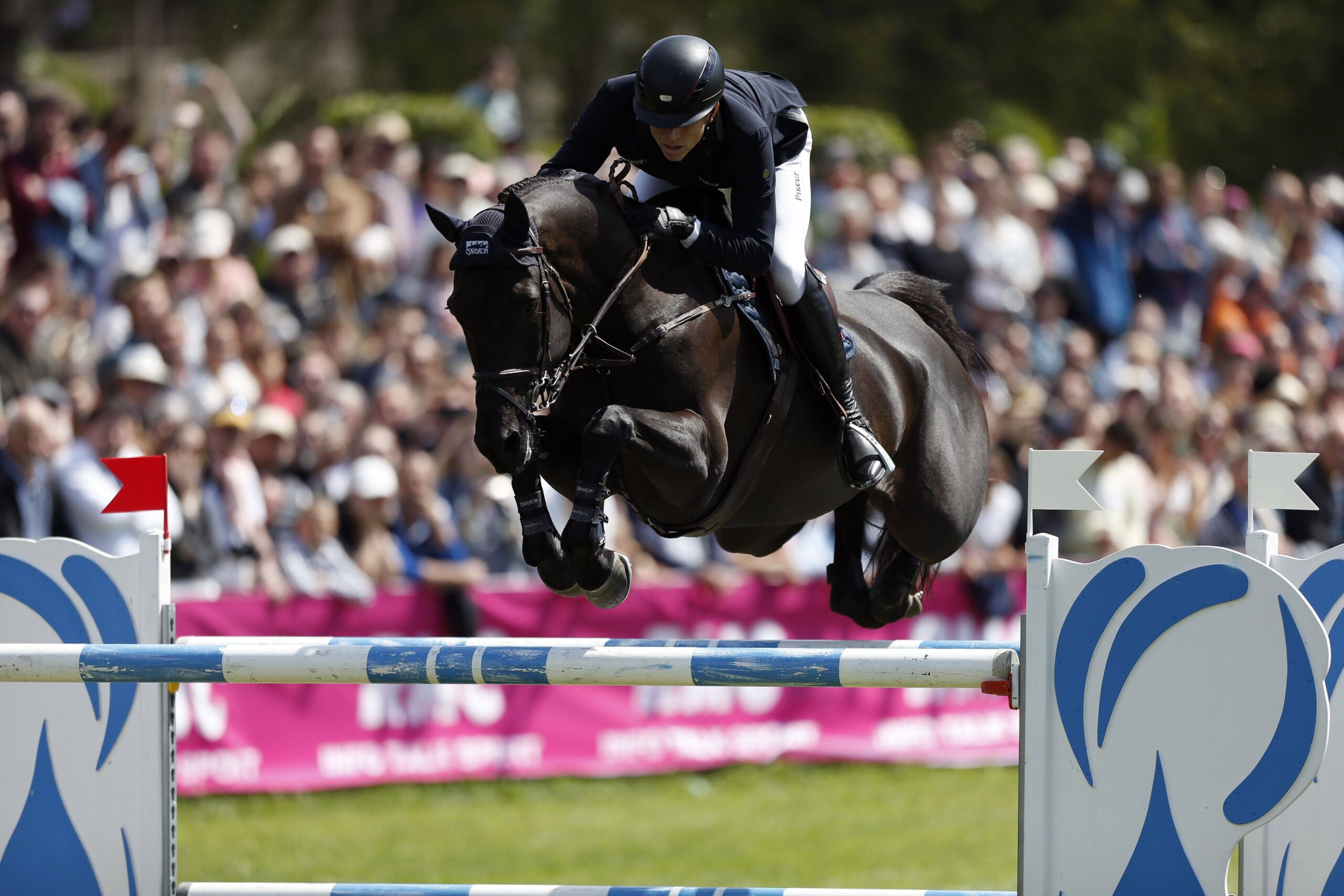When Jacque Corsentino’s three-year-old miniature horse, Shine, didn’t show up at the gate to meet her one early morning in late December, she was immediately concerned. Armed with a flashlight, Corsentino eventually located the little guy standing off by himself, and her worst fears were quickly realized.
Shine was covered in blood and standing strangely, apparently attacked by dogs in the middle of the night. He had gashes on his face and knee, and a torn lip, but it was Shine’s left hind fetlock that appeared to have suffered the most severe injuries. In consultation with a veterinarian, Corsentino treated Shine for two months before a second opinion and X-rays revealed the grim truth: infection and fractures in Shine’s coffin and lower pastern bones. Still, owners Jacque Corsentino and Lee Vigil refused to give up hope and, after enlisting the help of the veterinary team at Colorado State University, asked the staff to do whatever it took to try and save their horse.
If Shine were a full-sized equine, amputation and a prosthetic hoof and limb could never hope to support 800-2,000 pounds of weight, even under the best of circumstances. But at just 150 pounds, Dr Laurie Goodrich, an associate professor of equine orthopaedics at Colorado State University, thought modern medicine and technology might just be able to give Shine the second chance he needed.
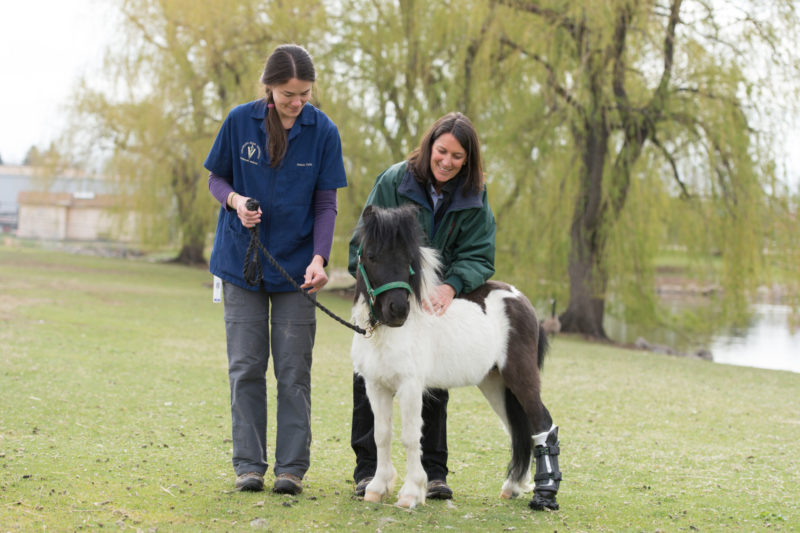
Shine along with Dr. Laurie Goodrich and student Jessica Carie. (Courtesy of Colorado State University)
Goodrich performed the two-hour amputation surgery—the first of its kind that she’s attempted—to remove Shine’s infected hoof and distal limb below the fetlock, placing two stainless steel pins through the cannon bone to offer temporary support during the healing process. Measurements from Shine’s X-rays were used to create an exact replica of his original hoof, which was manufactured using a 3-D printer. A month after his surgery, this temporary foot was replaced with an artificial hoof made by OrthoPets, a company that specializes in prosthetic limbs for animals.
Now walking and even volunteering to trot around on his new prostheses, Shine’s vets expect him to live a normal, pain-free life when he returns home from the James L. Voss Veterinary Teaching Hospital this month. Corsentino, for her part, hopes that Shine’s story and his laid back personality may also make him the perfect candidate to one day serve as a therapy horse for children with disabilities and wounded veterans.
You can read Colorado State University’s full article here.


 April 27, 2016
April 27, 2016 








